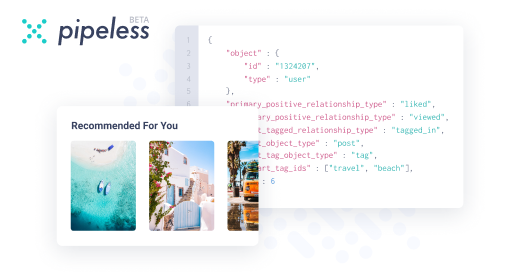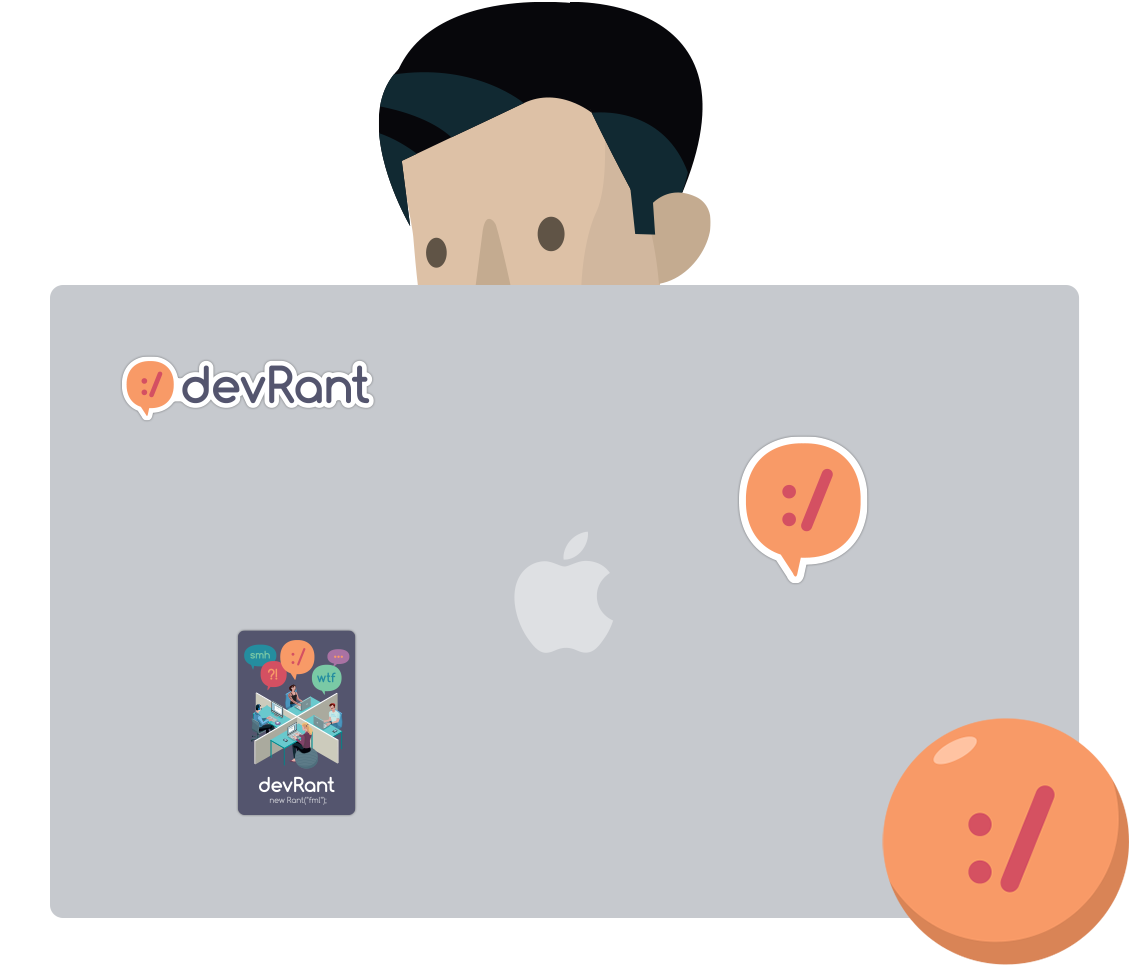Join devRant
Do all the things like
++ or -- rants, post your own rants, comment on others' rants and build your customized dev avatar
Sign Up
Pipeless API

From the creators of devRant, Pipeless lets you power real-time personalized recommendations and activity feeds using a simple API
Learn More
Search - "redis session"
-
I dug up my old ledger web app that I wrote when I was in my late twenties, as I realized with a tight budget toward the end of this year, I need to get a good view of future balances. The data was encrypted in gpg text files, but the site itself was unencrypted, with simple httpasswd auth. I dove into the code this week, and fixed a lot of crap that was all terrible practice, but all I knew when I wrote it in the mid-2000s. I grabbed a letsencrypt cert, and implemented cookies and session handling. I moved from the code opening and parsing a large gpg file to storing and retrieving all the data in a Redis backend, for a massive performance gain. Finally, I switched the UI from white to dark. It looks and works great, and most importantly, I have that future view that I needed.1
-
Ugh, I feel like fucking crying every time I have to explain to the other developers and network sysadmins that we can't have the same Redis server for both session and caching data in the current project we're working on. I wrote all this down in the specifications which NO ONE reads!!
There are times like these I wish I just had access to the AWS account so I can do all of this myself.3 -
Which is best package to be used as a PHP Session handler (https://cloudways.com/blog/... )?
Redis or Memcached? -
I finally published my first medium article, It's on Sticky sessions for microservices.
It took so much of my time to piece everything together that I wrote a small how-to, so that my fellow devs should not suffer like I have.
https://medium.com/@gvnix/...6 -
When you have 2+ separately scaling services (not HTTP) that need to communicate which each other, what do you do?
I'm leaning on putting Redis in the middle since it's mostly seeding data once per login, but I'm curious about opinions/alternative solutions (one creates a session the other reads the info)6 -
I know it's not made to be resilient in any way, only fast, as fast as possible, but man, the memcache_tool script just made my life a million times easier by facilitating a complete data transfer between two memcache instances, allowing for a rolling update without any session data loss!
...One day... I hope it can be migrated to redis... But for now... Thanks lord for the dump command and the wrapper script <3 -
🚀 “I Wanted GitHub Copilot in My Pocket — So I Built It Myself”
For years, I’ve had this weird habit of coding from random places — cafés, buses, hospital waiting rooms, you name it. But every time inspiration hit, I found myself thinking the same thing:
“Man, I wish I could just use Copilot on my phone.”
It’s 2025. We’ve got AI writing novels, generating music, and summarizing 500-page research papers in 2 seconds — yet somehow, GitHub Copilot still refuses to leave the comfort of VS Code on desktop.
So I decided to fix that.
💡 The Idea
It started as frustration — a “wouldn’t it be cool if” moment. I was halfway through an idea for a small project on a train, and my brain screamed:
“Why can’t I just ask Copilot to finish this function right now?”
VS Code was sitting at home, my laptop was dead, and all I had was my phone.
That night, I scribbled this into my notes app:
“Bridge Copilot from VS Code → phone → secure channel → no cloud.”
At the time, it sounded insane. Who even wants to make their life harder by reverse-engineering Copilot responses and piping them into React Native?
Apparently — me.
🧩 The Architecture (aka “How to Lose Sleep in 4 Easy Steps”)
The system ended up like this:
VS Code Extension <-> WebSocket <-> Discovery API (Go + Redis) <-> React Native App
Here’s how it works:
The VS Code extension runs locally, listening to Copilot’s output stream.
A Go backend acts as a matchmaker — helping my phone and PC find each other securely.
The mobile app connects via WebSocket and authenticates with a 6-digit pairing code.
Once paired, they talk directly. No repo data leaves your machine.
It’s like a tiny encrypted tunnel between your phone and VS Code — only it’s not VPN magic, just some careful WebSocket dancing and token rotation.
🛠️ The Stack
Frontend (Mobile): React Native (Expo)
Backend: Go + Redis for connection brokering
VS Code Extension: TypeScript
Security: JWT + rotating session keys
AI Layer: GitHub Copilot (local interface)
🧠 The Challenges
There’s a difference between an “idea” and a “12-hour debugging nightmare that makes you question your life choices.”
Cross-Network Discovery:
How to connect phone and desktop on different networks?
→ A lightweight Redis broker that just handles handshakes.
Security:
I wasn’t making a mini TeamViewer for hackers.
→ Added expiring pairing codes, user-approval dialogs, and local-only token storage.
Copilot Response Streaming:
Copilot doesn’t have a nice public API.
→ Hooked into VS Code’s Copilot output and streamed it over WebSocket.
(Yes, 2% genius and 98% madness.)
UX:
The first version had a 10-second delay.
After optimizing WebSocket batching and Redis latency, it’s now near-instant.
🤯 The “Holy Sh*t, It Works” Moment
The first time my phone sent a prompt — and my VS Code actually answered with Copilot’s suggestion — I legit screamed.
Like, full-on victory dance in the middle of the night.
There’s something surreal about watching your phone chat with your desktop like they’re old coding buddies.
Now I can literally say:
“Copilot, write me a REST API,”
and my phone responds with fully generated code pulled from my local VS Code instance.
No VPN. No cloud syncing. Just pure, geeky magic.
⚡ The Lessons
The hardest problems aren’t technical — they’re psychological.
Fighting “this is impossible” is the real challenge.
Speed matters more than perfection.
Devs don’t want beauty; they want responsiveness. Anything over 1s feels broken.
Security must never be an afterthought.
I treated this like a bank tunnel between devices, not a toy.
Build for yourself first.
I didn’t make this for investors or glory — I made it because I wanted it.
That’s the best reason to build anything.
🧭 The Future
Now that it’s working, I’m turning this experiment into something shareable.
The dream: an app that lets every developer carry Copilot wherever they go — safely and instantly.
Imagine debugging on your couch, or editing code in bed, or just whispering to your AI assistant while waiting for coffee.
Phones today are more powerful than early NASA computers.
Why shouldn’t they also be your code editor sidekick?
So yeah, that’s my story.
I built VSCoder Copilot — because I wanted to code from anywhere, and I refused to wait for permission.
If you’ve ever built something just to scratch your own itch, you already know this feeling.
That mix of frustration, caffeine, and late-night triumph that reminds you why you fell in love with coding in the first place.
Because at the end of the day, that’s what we do:
We make ideas real — one ridiculous hack at a time. 💻🔥9
